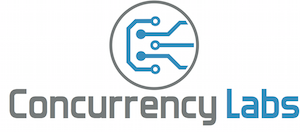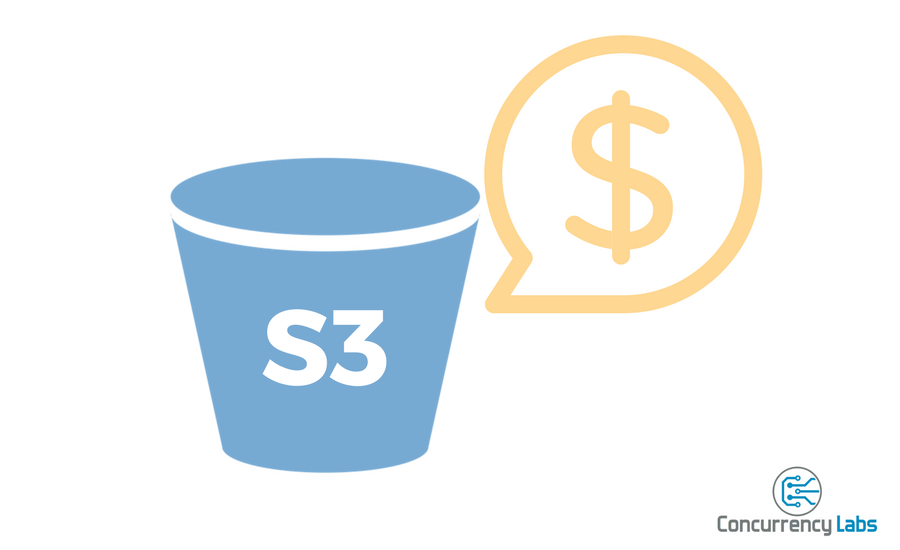*Price calculations using AWS Price List API
Let’s say you have many unloved files that are rarely accessed - for example, some old media files or backups that your users read once in a while. You still want to keep the files online, therefore a service like AWS Glacier is not a viable option yet. But you want to save money.
This is a common scenario and thanks to the Standard Infrequent Access and One Zone Infrequent Access storage classes in S3, you can save significant money. Let’s say you have 10TB of infrequently-accessed files and each month you retrieve 1% (100GB) of data and serve 100K GET requests on those files. Below is a price comparison between Standard, Standard Infrequent Access and One Zone Infrequent Access:

As you can see, the cost for any of the Infrequent Access storage classes is significantly lower compared to the Standard storage class.
I've seen savings of up to about 50% by simply moving S3 objects to any of the two Infrequent Access storage classes. Of course, the higher the storage usage, the higher the savings will be in dollar amount. But it's also very important to be aware of special considerations and trade-offs.
So, what are the trade-offs?
Reduced availability
While the Standard storage class is designed for 99.99% availability (52m 36s downtime per year), Standard Infrequent Access is designed for 99.9% (8h 45m downtime per year) and One Zone Infrequent Access is designed for 99.5% availability (1d, 19h 49m downtime per year). Depending on how critical your application is and your application’s tolerance for failure, these numbers might be acceptable (or not).
Reduced resiliency for One Zone Infrequent Access
While Standard Infrequent Access and Standard offer the same durability (99.999999999%), One Zone IA does not. As its name implies, data is stored in a single Availability Zone, which means there is no cross-AZ data replication in the event of failure. If the AZ is destroyed, so is your data.
There are cost implications for retrieving data out of Infrequent Access
AWS charges $0.01 per GB of data retrieved from the Infrequent Access storage class. This is on top of the usual Data Transfer charges you would expect in S3.
With this in mind, this is what your expenses would look like as your data retrieval increases. The numbers below assume 10TB of stored data and each column represents monthly data retrieval scenarios (data transfer out to the internet is not included):

As you can see, if you retrieved 10TB of data per month there would still be some savings, but there is a point where you would pay more if you stored your files in the Infrequent Access storage class. At 25TB of monthly data retrieval, you would start to pay more compared to the Standard storage class, for this particular scenario.
Other considerations regarding the Infrequent Access storage class
- There is is a charge of $0.01 per 1,000 conversions from Standard storage into Infrequent Access.
- There is a minimum billable object size of 128KB, meaning objects smaller than this value will be charged for 128KB of storage. If the majority of your files are smaller than 128KB, you will want to crunch some numbers and make sure you don’t pay more due to this limitation.
And don’t forget to use S3 Lifecycle Policies!
S3 Lifecycle Policies are a great way to automate the transition of objects to more cost-effective storage classes. You can create rules that automatically transition your objects from Standard to Standard IA, One Zone IA or Glacier, as required.
This can obviously save you a lot of time and let you be more efficient when lowering your S3 cost.
If you’re not sure it makes sense to move objects to a different storage class, you can run a Storage Class Analysis, which will give you metrics and let you make an informed decision. Storage class analytics are particularly useful for identifying the amount of data retrieved, which you can use to do price calculations and see if it makes sense to move objects to any of the Infrequent Access storage classes.
Are you looking for ways to save money on S3, or other AWS services?
I can certainly help you with planning and managing your AWS cost. In many cases, I can save my clients at least 25% in AWS cost. Just click on the Schedule Consultation button below and let’s have a chat.


